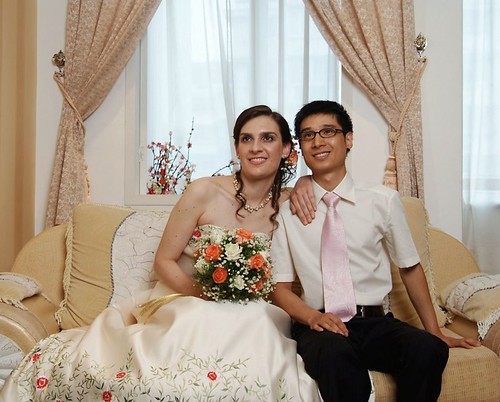The modern world adores dating and marriage in sweden a excellent wedding, whether it’s an grandiose nuptial or an intimate service in the wilderness. But take into account these ancient Scandinavian ceremony customs if you want to observe your like in a really distinctive way.
A little bit of story can really make a ceremony experience exclusive. For instance, the custom of slapping, in which the bride and groom had kiss each other on the make or ago to signify the change of jewelry, used to be a frequent component of Swedish bride rites. This metaphoric action aims to highlight the couple’s justice and their dedication to one another.
In Sweden, the bride and groom frequently walk down the aisle collectively, in contrast to the us or the Uk, where the parents gives his princess to her future hubby. According to planner Mariella Gink, it’s a more equitable history that highlights the fact that a person marries out of her own free can.
This may help to explain why Sweden has a more liberal stance on relationship fairness and sex responsibilities and freedom. Perhaps it also explains why there are toast masters and pancakes madams at some of the strangest bridal greeting events in this nation.

In addition to the customary circle trade, Swedish weddings also follow a peculiar tradition in which the bride and groom wear their wedding bands on the scimitars of weapons. This symbolic action is based on the Viking custom of “tying the tie” with a handfasting ritual. Similar to how a vow is an unbreakable promise, the Vikings thought that if you tied the knot with cord, you would n’t be able to break it.
A thread or girdle that represented the bride and groom’s federation was used to bind them together during the handfasting service. A morgen-gifu, which was typically made up of clothes, jewelry, or household items, was the extra wealth that the groom was required to give to the Gothi or substantial priest. It was roughly one-third of the bride’s dowry. This extra gift was meant to demonstrate his or her loyalty to the newlyweds, and it may be one of the reasons why so many fresh gentlemen embark on expeditions as soon as they get engaged in the Viking sagas.
The bride and groom had divide into teams based on their gender prior to the wedding in order to perform rituals that were divine to each gender. In order to wash away her virginity, the wife had to visit a bathhouse where married woman family members and friends would assist her in cleaning. She would also take off her kransen, a gold circlet that represented virginity and could later become saved and given to her future sons.
In the meantime, the man would go to the graves of his predecessors for a minor grave-robbing. He or she did provide the wedding with a dagger after obtaining it. The arms of the bride and groom were finally put on the sword’s hilt to represent the shift of family protection.
